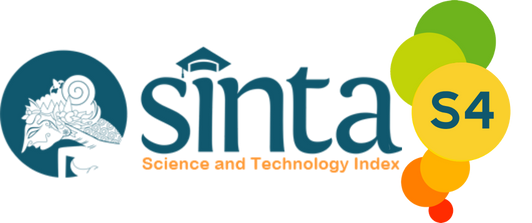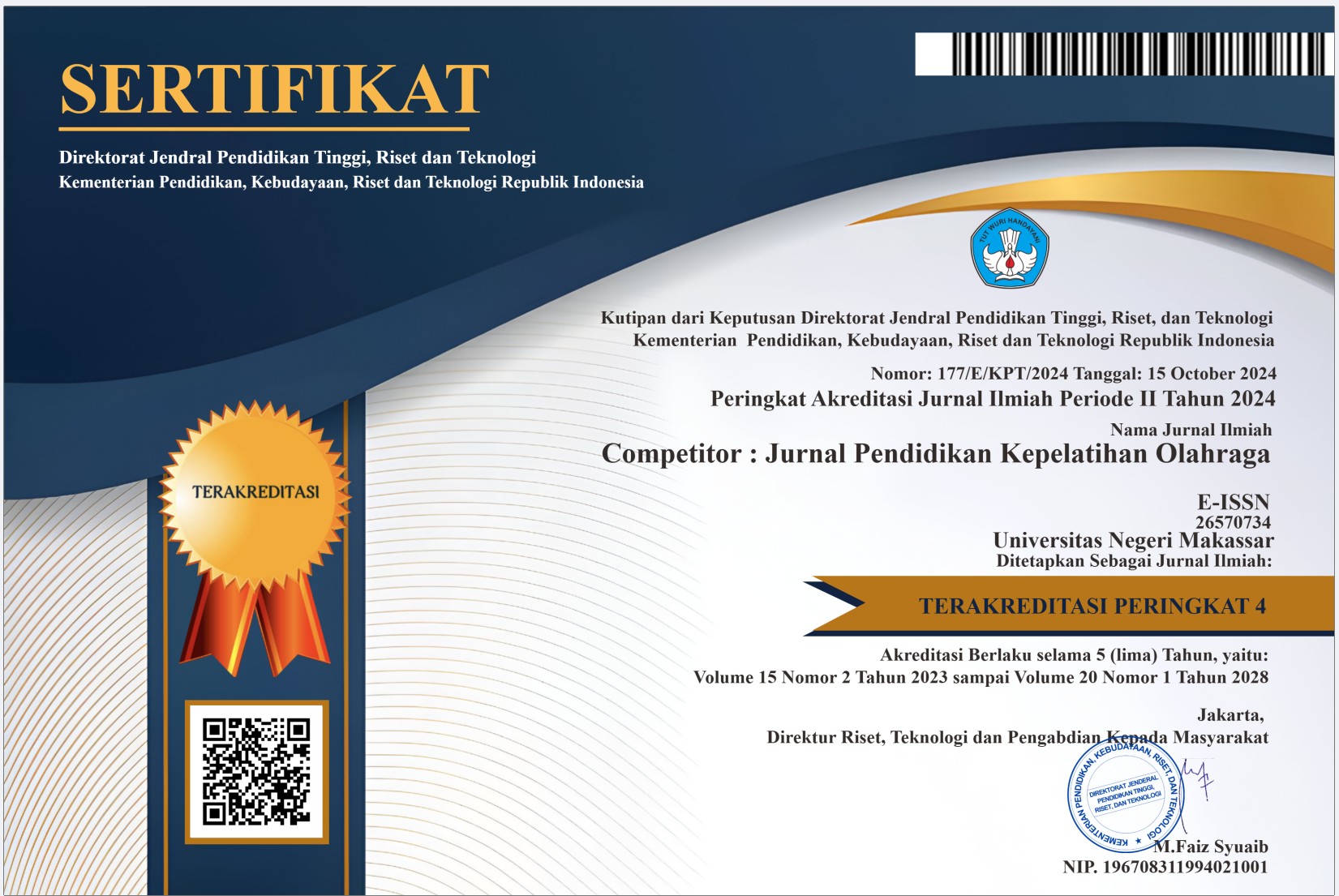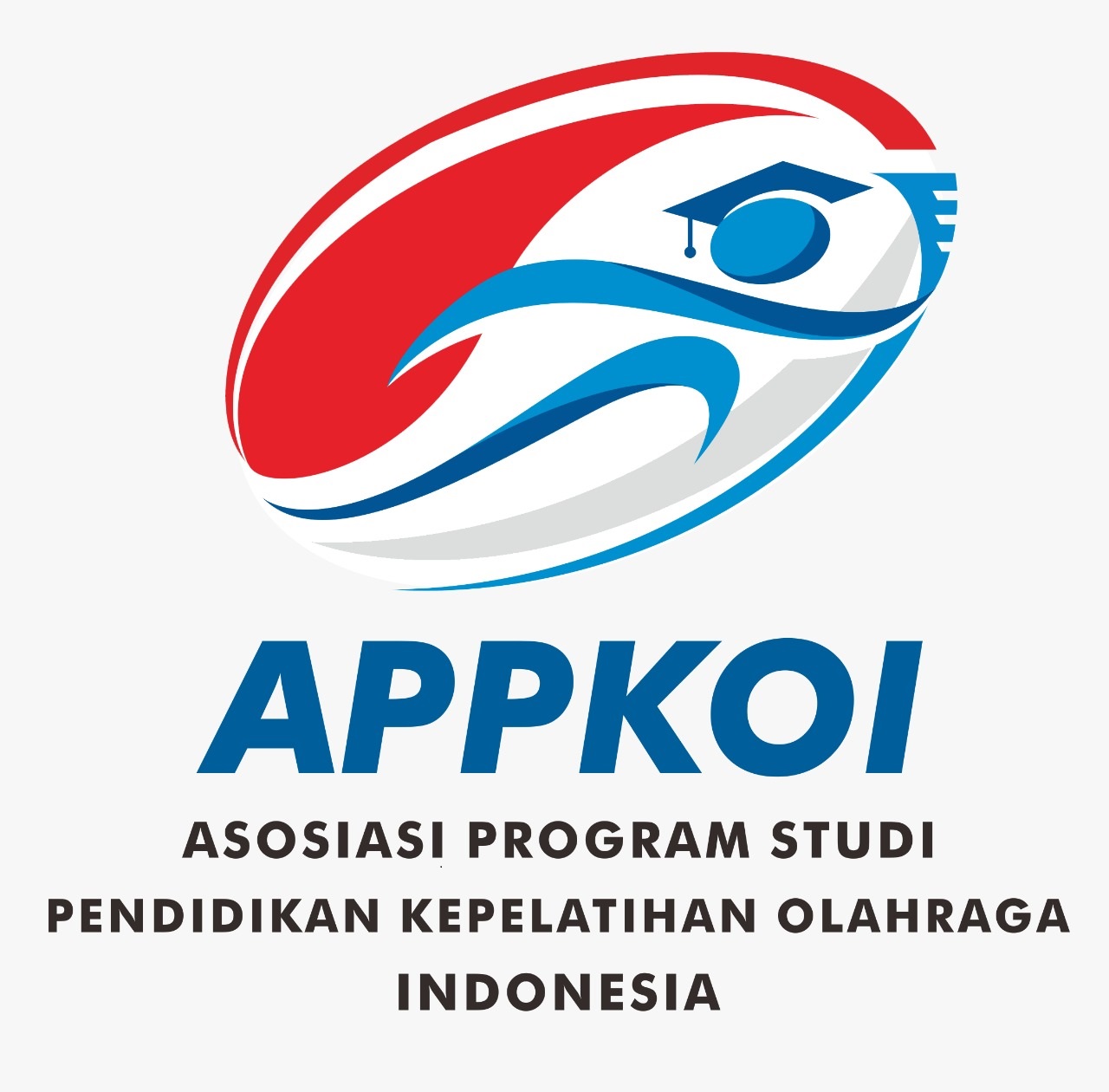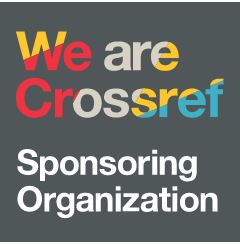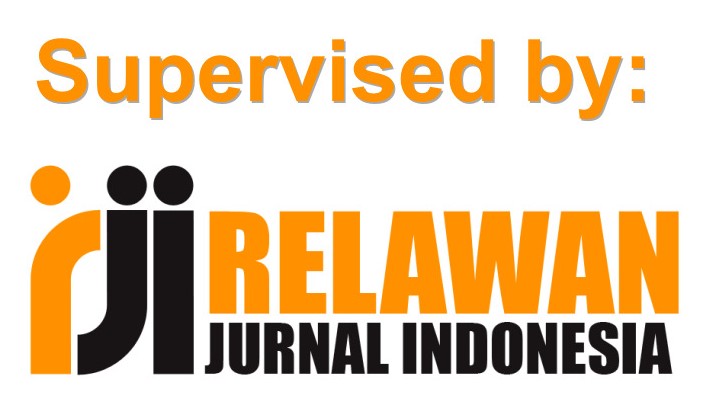Exploring Constructive Communication in Community Sport: A Systematic Review of the Literature
DOI:
https://doi.org/10.26858/cjpko.v17i2.73226Kata Kunci:
Constructive Communication, Community Sports, Sports CommunitiesAbstrak
This study aims to explore the role of constructive communication in driving community sports through a Systematic Literature Review (SLR) approach. A total of 218 peer-reviewed articles published between 2017 and 2025 in the Scopus database were thematically analysed to examine how communication contributes to building inclusive, resilient, and empowered sports communities. The findings revealed five major themes: participation and social inclusion, digital transformation and community media, interpersonal skills and leadership, crisis communication strategies, and communication as a tool for social justice. The study highlights that open, empathetic, and collaborative communication not only enhances community engagement but also strengthens inclusive leadership and social resilience. Digital technology plays a significant role in expanding communication channels, although it requires adequate literacy and social sensitivity. The study recommends strengthening interpersonal communication capacities among coaches and facilitators, promoting inclusive use of digital technologies, and implementing continuous evaluation mechanisms to ensure the success of community sports programs.
Referensi
Duncan, M. J. et al. (2022). Parental Perceptions on the Use of Strength and Conditioning in Children and Youth. Children, 9(10), 1557. https://doi.org/10.3390/children9101557
Edwards, J. et al. (2012). Effects of an imagery workshop on coaches’ encouragement of imagery use. International Journal of Sports Science & Coaching, 7(2), 317–328. https://doi.org/10.1260/1747-9541.7.2.317
French, R., & Cardinal, B. J. (2021). Equity and inclusion in collegiate club sport communication. Quest, 73(4), 447–462. https://doi.org/10.1123/quest.2020-0021
Ghasemi, H., & Norris, B. (2024). Interpersonal skills. Encyclopedia of Sport Management, 2(), 513–515. https://doi.org/10.4337/9781035317189.ch300
Harman, A. et al. (2021). Volunteer coaches and sport clubs’ ideological psychological contract. Journal of Park and Recreation Administration, 39(2), 35–52. https://doi.org/10.18666/JPRA-2020-10073
Hermens, N. et al. (2017). Coordinated action in youth care and sport. Health and Social Care in the Community, 25(5), 1674–1682. https://doi.org/10.1111/hsc.12460
Higgins, M. C. (2024). Behavior. Encyclopedia of Sport Management, 2(), 85–88. https://doi.org/10.4337/9781035317189.ch50
Ishak, A. W. (2021). Communicating in Sports Teams. The Emerald Handbook of Group and Team Communication Research, 1(), 505–518. https://doi.org/10.1108/978-1-80043-500-120211032
Jackson, D., Trevisan, F., Pullen, E., & Silk, M. (2020). Towards a social justice disposition in communication and sport scholarship. Communication and Sport, 8(4–5), 435–451. https://doi.org/10.1177/2167479520932929
Koerber, D., & Zabara, N. (2017). Preventing damage: The psychology of crisis communication buffers in organised sports. Public Relations Review, 43(1), 193–200. https://doi.org/10.1016/j.pubrev.2016.12.002
Laumer, S., & Maier, C. (2024). ICT-based training and education in volunteer sports communities. Internet Research, 34(1), 45–64. https://doi.org/10.1108/INTR-10-2021-0714
Leonov, Y. (2025). The role of communication and investment in physical culture and sports as components of a healthy lifestyle. Sport TK, 14(5), 1–10. https://doi.org/10.6018/sportk.644811
Mwaanga, O., & Prince, S. (2016). Negotiating a liberative pedagogy in sport development. Sport, Education and Society, 21(6), 850–867. https://doi.org/10.1080/13573322.2015.1101374
Pöppel, K., & Strauss, B. (2024). Strategically Dealing with Crises: The Importance of Sport’s Crisis Communication. *Psychology of Crises in Sport, *(), 107–119. https://doi.org/10.1007/978-3-031-69328-1_8
Schallhorn, C. et al. (2022). Communicative strategies in sport organisations during COVID-19. Communication & Sport, 11(2), 180–202. https://doi.org/10.1177/21674795221092843
Sharma, A., Wadhwa, A., & Gupta, K. (2024). Interplay of Technology and Social Dynamics: Community Management Applications in Sports Communities. Proceedings - International Conference on Computing, Power, and Communication Technologies, 2024(), 647–650. https://doi.org/10.1109/IC2PCT60090.2024.10486638
Shields, N., & Synnot, A. J. (2014). Barriers and facilitators of physical activity in children with disability. Disability and Rehabilitation, 36(22), 1857–1864. https://doi.org/10.3109/09638288.2014.892637
Waters, R. D. (2013). Applying public relations theory to increase the understanding of sport communication. Routledge Handbook of Sport Communication, 1(), 66–75. https://doi.org/10.4324/9780203123485-15
Yeh, C. et al. (2025). Collaborative communication and community coordination in sport. PLOS ONE, 20(4), e0298732. https://doi.org/10.1371/journal.pone.0298732
Zheng, S., & Wang, H.-P. (2025). The association between perceived coach identity leadership and athlete engagement. International Journal of Sports Science and Coaching(), 1–18. https://doi.org/10.1177/17479541251335164
Unduhan
Diterbitkan
Terbitan
Bagian
Lisensi
Hak Cipta (c) 2025 Muhammad Dzul Fikri, Andun Sudijandoko, Mochamad Purnomo, Anung Priambodo (Author)

Artikel ini berlisensi Creative Commons Attribution 4.0 International License.

